- Home
- Articles
- Architectural Portfolio
- Architectral Presentation
- Inspirational Stories
- Architecture News
- Visualization
- BIM Industry
- Facade Design
- Parametric Design
- Career
- Landscape Architecture
- Construction
- Artificial Intelligence
- Sketching
- Design Softwares
- Diagrams
- Writing
- Architectural Tips
- Sustainability
- Courses
- Concept
- Technology
- History & Heritage
- Future of Architecture
- Guides & How-To
- Projects
- Interior Design
- Competitions
- Jobs
- Store
- Tools
- More
- Home
- Articles
- Architectural Portfolio
- Architectral Presentation
- Inspirational Stories
- Architecture News
- Visualization
- BIM Industry
- Facade Design
- Parametric Design
- Career
- Landscape Architecture
- Construction
- Artificial Intelligence
- Sketching
- Design Softwares
- Diagrams
- Writing
- Architectural Tips
- Sustainability
- Courses
- Concept
- Technology
- History & Heritage
- Future of Architecture
- Guides & How-To
- Projects
- Interior Design
- Competitions
- Jobs
- Store
- Tools
- More
Step-by-Step Guide to Concept Development in Architecture: Unlock Your Design Potential
Unlock the potential of architectural innovation with our step-by-step guide to concept development. Discover how to transform ideas into cohesive designs through strategic research, brainstorming, conceptualization, and refinement. Learn how to align creativity with functionality by integrating stakeholder feedbac.
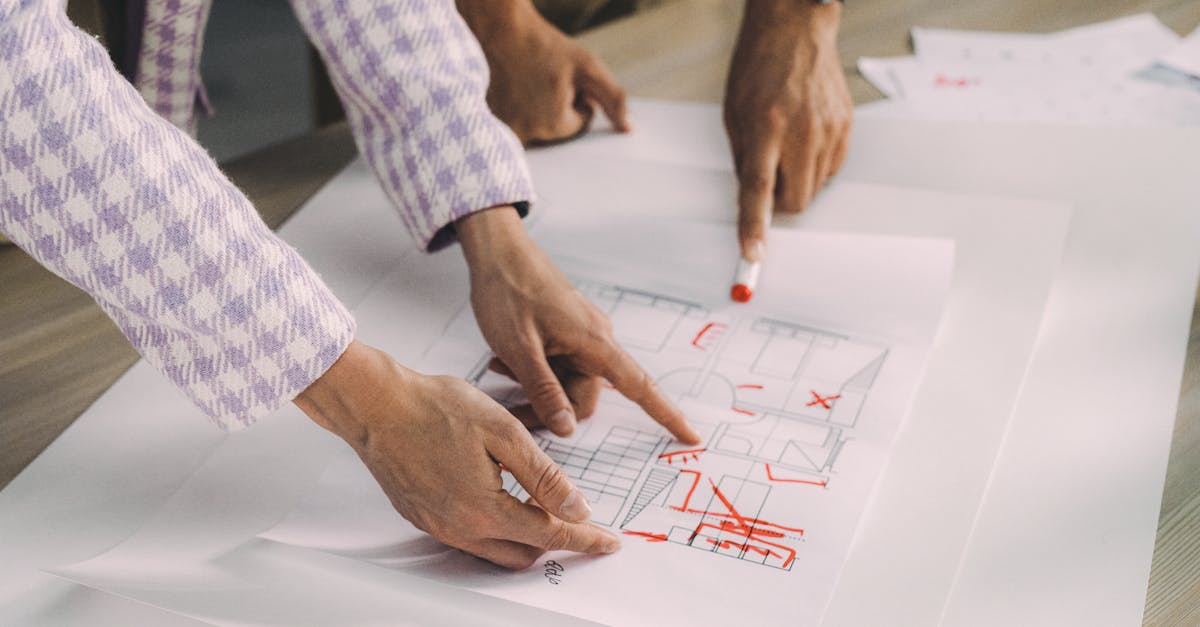
In the world of architecture, concept development is the foundation of any successful project. It’s where creativity meets functionality, and ideas transform into tangible designs. But how do we navigate this crucial phase effectively? By breaking down the process into manageable steps, we can ensure our architectural visions are not only innovative but also practical and grounded.
As architects, we understand the importance of a well-defined concept. It serves as the blueprint for every decision, guiding us through the complexities of design and construction. Whether we’re crafting a residential masterpiece or a commercial landmark, a strong concept is our compass, ensuring coherence and purpose.
Join us as we explore a step-by-step guide to concept development in architecture. We’ll uncover the essential stages, from initial brainstorming to finalizing a cohesive design narrative. Let’s embark on this journey to unlock the full potential of our architectural endeavors.
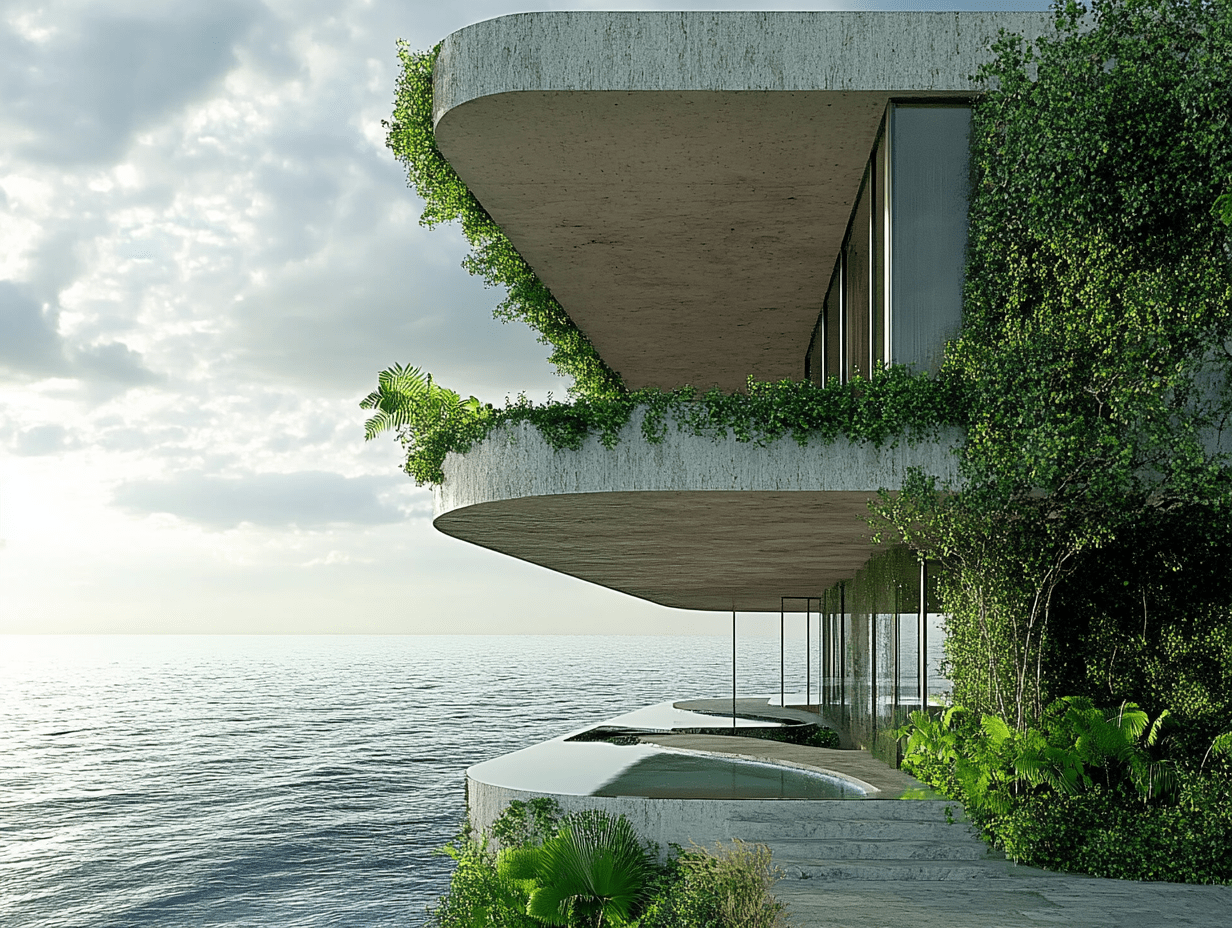
Table of Contents
ToggleUnderstanding Concept Development in Architecture
Concept development in architecture is a structured process guiding the transformation of initial ideas into tangible designs. This process involves several stages to ensure that creative concepts align with practical requirements.
- Research and Analysis: We gather information about the site, cultural context, and client needs. This phase involves studying zoning laws, environmental impacts, and historical significance.
- Idea Generation: We generate diverse ideas through brainstorming and sketching. Collaboration and open discussion encourage innovative solutions.
- Conceptualization: We refine promising ideas into clear concepts. This involves visualizing the spatial relationships, formulating aesthetic themes, and considering materiality.
- Evaluation and Feedback: We assess the feasibility of concepts by examining technical constraints and client feedback. This step ensures alignment with project goals.
- Refinement and Documentation: We develop the chosen concept further by producing detailed drawings and 3D models. This documentation serves as a blueprint for the design phase.
Understanding these components facilitates the development of strong architectural concepts that are both innovative and functional.
The Importance of a Step-By-Step Approach
A step-by-step approach in concept development ensures systematic progress and mitigates potential setbacks. We integrate creativity and precision by following a structured path, allowing us to navigate the complexities of architectural projects effectively. Each phase in the process, from research to refinement, plays a crucial role in aligning the project’s vision with practical requirements.
In the research and analysis phase, we gather vital information about the site, cultural factors, and zoning regulations, ensuring our concepts are grounded in reality. During idea generation, brainstorming encourages diverse perspectives, fostering innovation and preventing oversight. As we move into conceptualization, translating abstract ideas into tangible concepts focuses our efforts on spatial and aesthetic coherence.
Evaluation and feedback provide a reality check against technical and client constraints, ensuring concepts remain viable and aligned with objectives. The refinement and documentation stage involves detailed drawings and models, offering a clear guideline for the design phase and ensuring consistency throughout the project’s execution. By adhering to this structured methodology, we enhance the likelihood of achieving innovative and functional architecture.
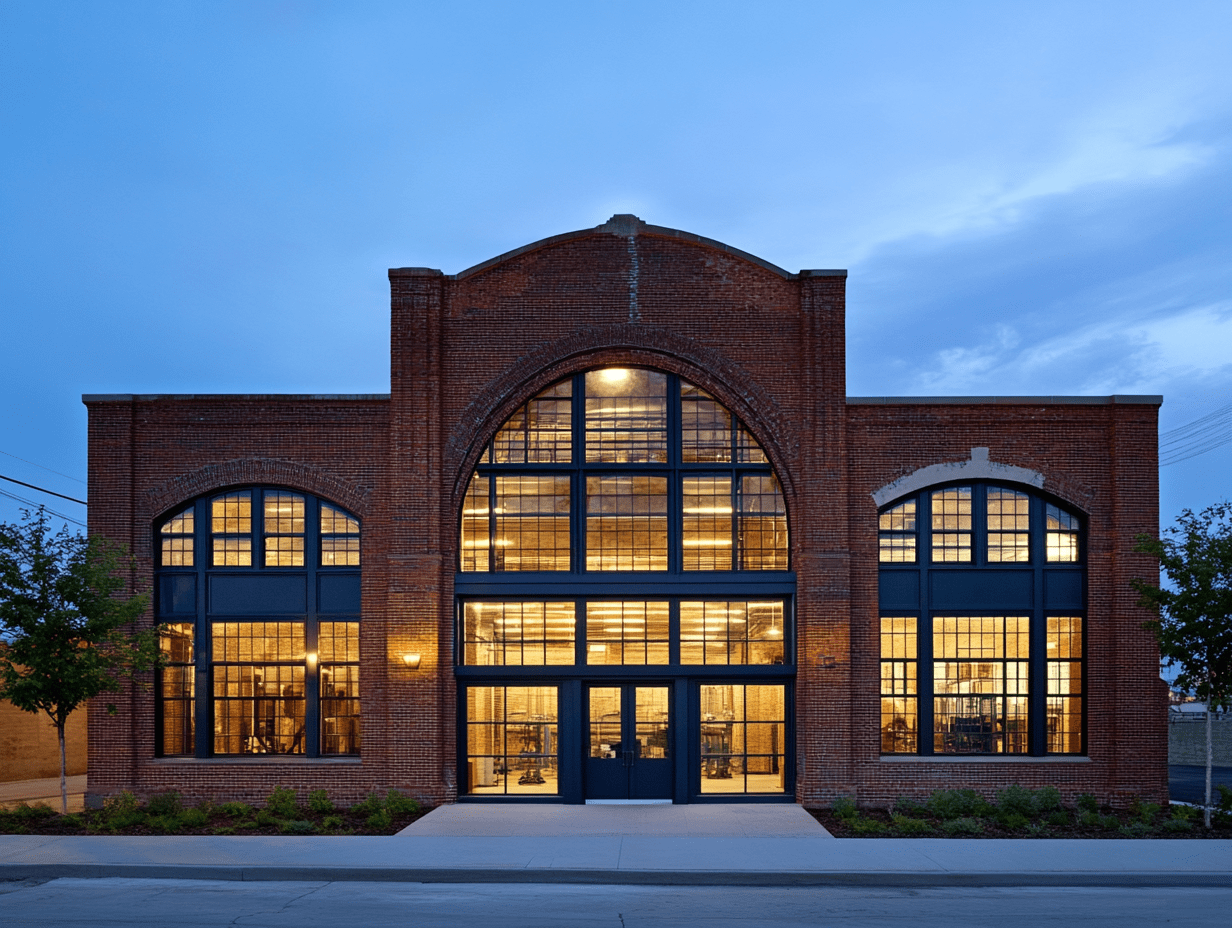
Identifying Program Requirements and Goals
Identifying program requirements and goals forms the core of architectural concept development. We ensure the project’s alignment with client expectations and practical constraints by clearly defining these elements.
Assessing Site Conditions
Successful architectural concepts consider site conditions to inform design decisions. We analyze factors like topography, climate, and existing structures to understand environmental impact and potential design opportunities. Identifying key site features, such as natural light and prevailing winds, guides sustainable and efficient planning. Conducting a thorough site analysis helps us tailor the design to its specific context and optimize building orientation, layout, and massing.
Developing Initial Design Concepts
Design concepts harness creativity to form the core vision of an architectural project. Developing these concepts involves a structured approach that transitions initial ideas into feasible design frameworks.
Brainstorming Ideas
Brainstorming drives innovation by allowing us to explore a wide range of possibilities. We gather diverse perspectives and encourage free thinking, which generates unique ideas. By involving stakeholders, we ensure the concept aligns with client expectations and site-specific needs. Techniques like mind mapping and workshops facilitate these discussions, making the process dynamic.
Sketching and Modeling
Sketching visualizes ideas by translating thoughts into tangible images. It’s an essential step that helps us examine spatial relationships and design aesthetics. Quick sketches capture the essence of a concept, which then guides further exploration. Modeling complements sketching by providing a three-dimensional perspective. Using tools like physical models or digital software, we refine scale and proportions, aligning our concepts with the physical environment and technical constraints.
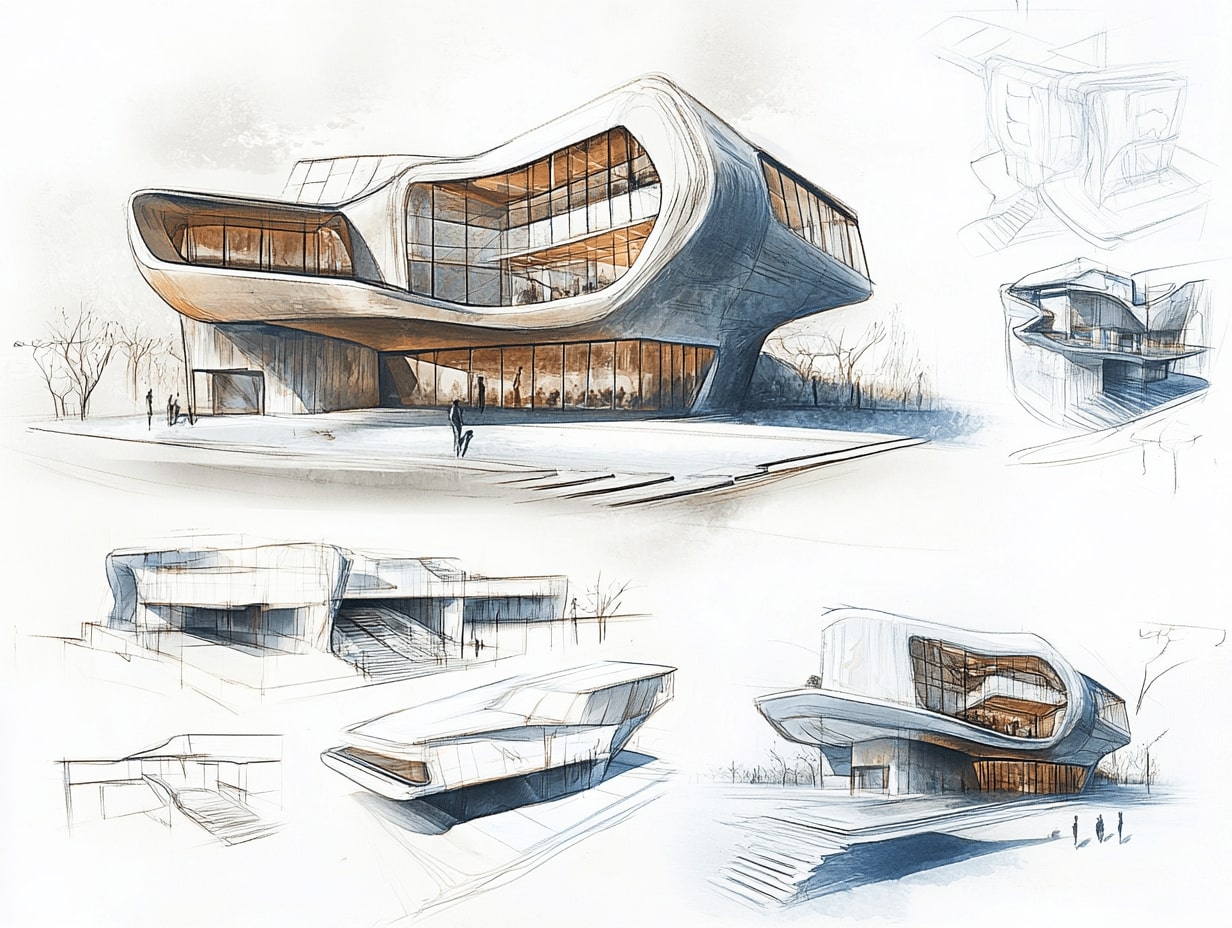
Refining and Evaluating Concepts
Refining and evaluating architectural concepts ensure our designs meet creative and functional goals. This phase involves critical adjustments and in-depth analysis to align concepts with project objectives.
Adjusting Design Parameters
We refine design parameters by assessing scale, proportion, and material choices, ensuring cohesion and alignment with project goals. This process considers factors like sustainability and cost-efficiency, optimizing the balance between aesthetics and functionality. Modifications might involve recalibrating spatial layouts to improve usability or updating materials for durability. By continuously revising these parameters, we enhance the overall design concept, adapting to evolving project needs and constraints.
Finalizing the Conceptual Design
In this phase, we consolidate our architectural vision into a cohesive design narrative, setting the stage for transition into detailed design work. This involves refining the chosen concept, addressing any remaining concerns, and ensuring alignment with all project goals.
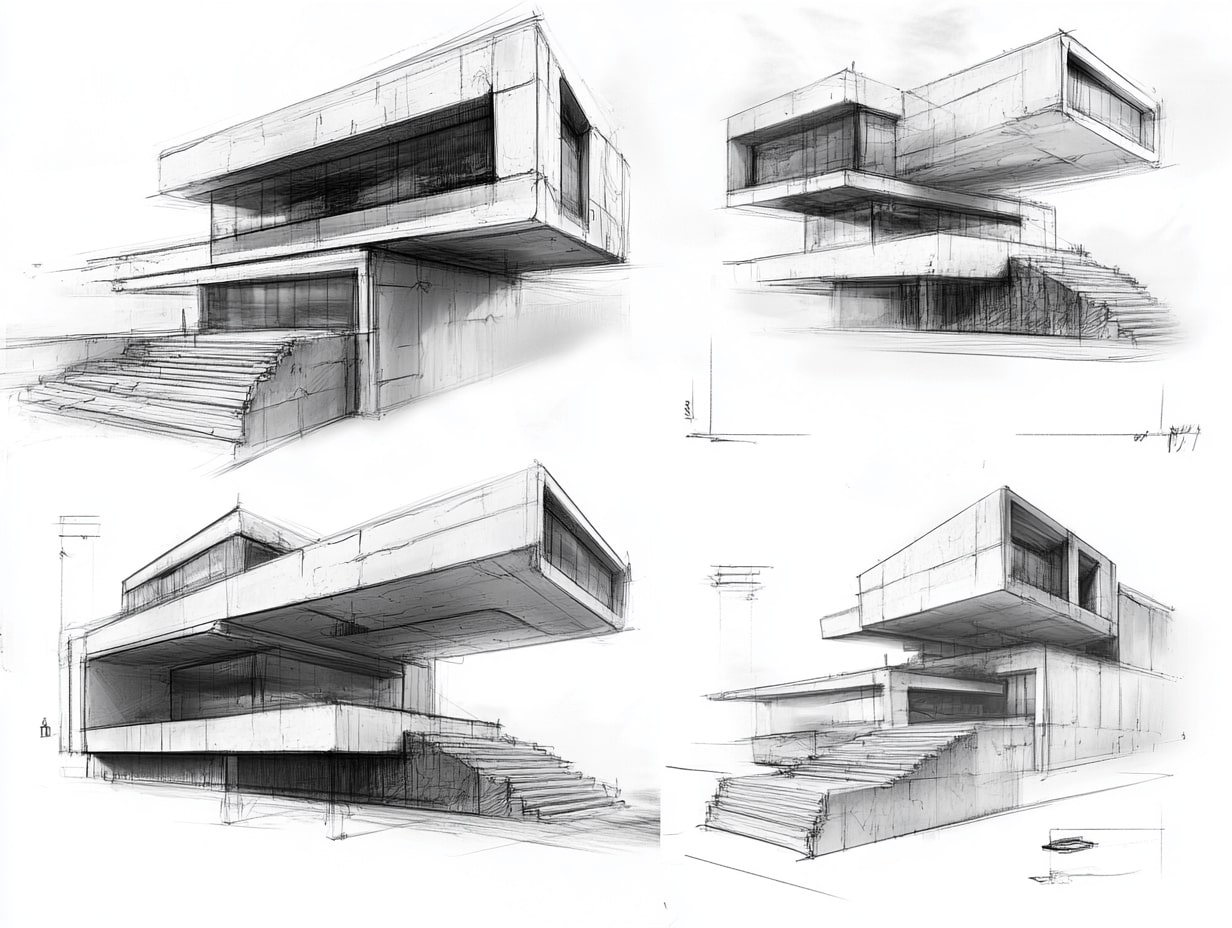
Presenting to Stakeholders
During stakeholder presentations, we communicate our design concept clearly and effectively. Visual aids like 3D models, renderings, and diagrams illustrate our ideas, facilitating understanding. We focus on the narrative behind the design, explaining how it meets the project’s functional and aesthetic goals. Engaging presentations foster stakeholder involvement and feedback, allowing us to refine the concept based on diverse perspectives. Our goal is to secure stakeholder buy-in, creating a shared vision for the project’s direction.
Preparing for Detailed Design
Before moving to detailed design, thorough documentation of the finalized concept is critical. We compile all relevant information, including drawings, materials, and specifications, into a comprehensive package. This step ensures a seamless transition from concept to execution. We review technical and regulatory requirements, confirming adherence to local codes and standards. By thoroughly preparing the finalized design, we lay a solid foundation for the detailed design phase, reducing potential pitfalls and ensuring a smooth project progression.
Conclusion
In summarizing the step-by-step guide to concept development in architecture, we emphasize its role as a critical pathway to innovative and functional designs. Our process systematically builds from foundational research to the refinement of a cohesive design narrative. Each stage, from idea generation to evaluation, requires meticulous attention to detail to craft concepts that align with creative visions and project objectives. By integrating stakeholder feedback and ensuring thorough documentation, we enhance project execution and ensure that concept development serves as a robust framework for architectural success.
- Architectural Concept Ideas
- architecture brainstorming techniques
- architecture concept development tips
- architecture concept enhancement
- architecture concept strategies
- architecture design guide
- architecture design process
- architecture planning strategies
- concept development in architecture
- conceptual design architecture
- creative architectural design
- design concept frameworks
- design potential in architecture
- design thinking in architecture
- developing architectural concepts.
- guide to architectural concepts
- Innovative Architectural Design
- unlock design potential
illustrarch is your daily dose of architecture. Leading community designed for all lovers of illustration and #drawing.
Submit your architectural projects
Follow these steps for submission your project. Submission FormLatest Posts
Building with Purpose: Creating Meaningful Spaces for Community and Sustainability
Explore the transformative power of purposeful building in our fast-paced world. This...
Innovative Trends Shaping the Future of Architecture: A Sustainable Vision
Explore the exciting future of architecture as it embraces innovation and sustainability....
Architectural Concept Ideas: Inspiring Designs for Functionality, Aesthetics, and Sustainability
Discover the essence of architectural concepts and their role in shaping innovative,...
How to Find Architectural Ideas: Creative Tips and Inspiration for Unique Designs
Discover practical strategies to find architectural inspiration from nature, history, art, and...



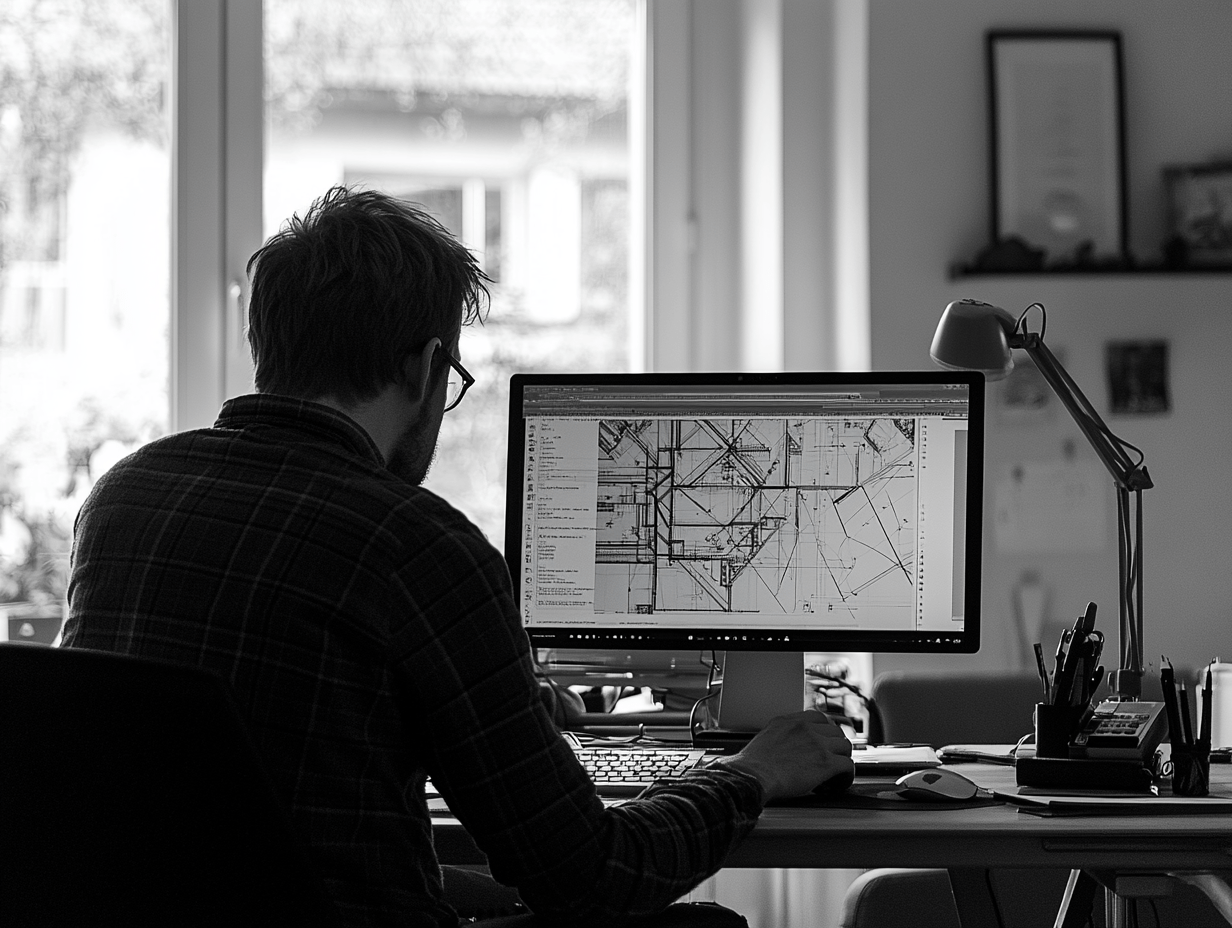
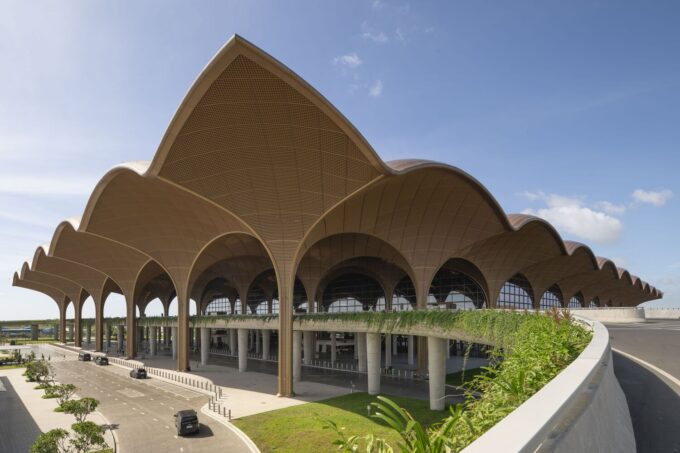



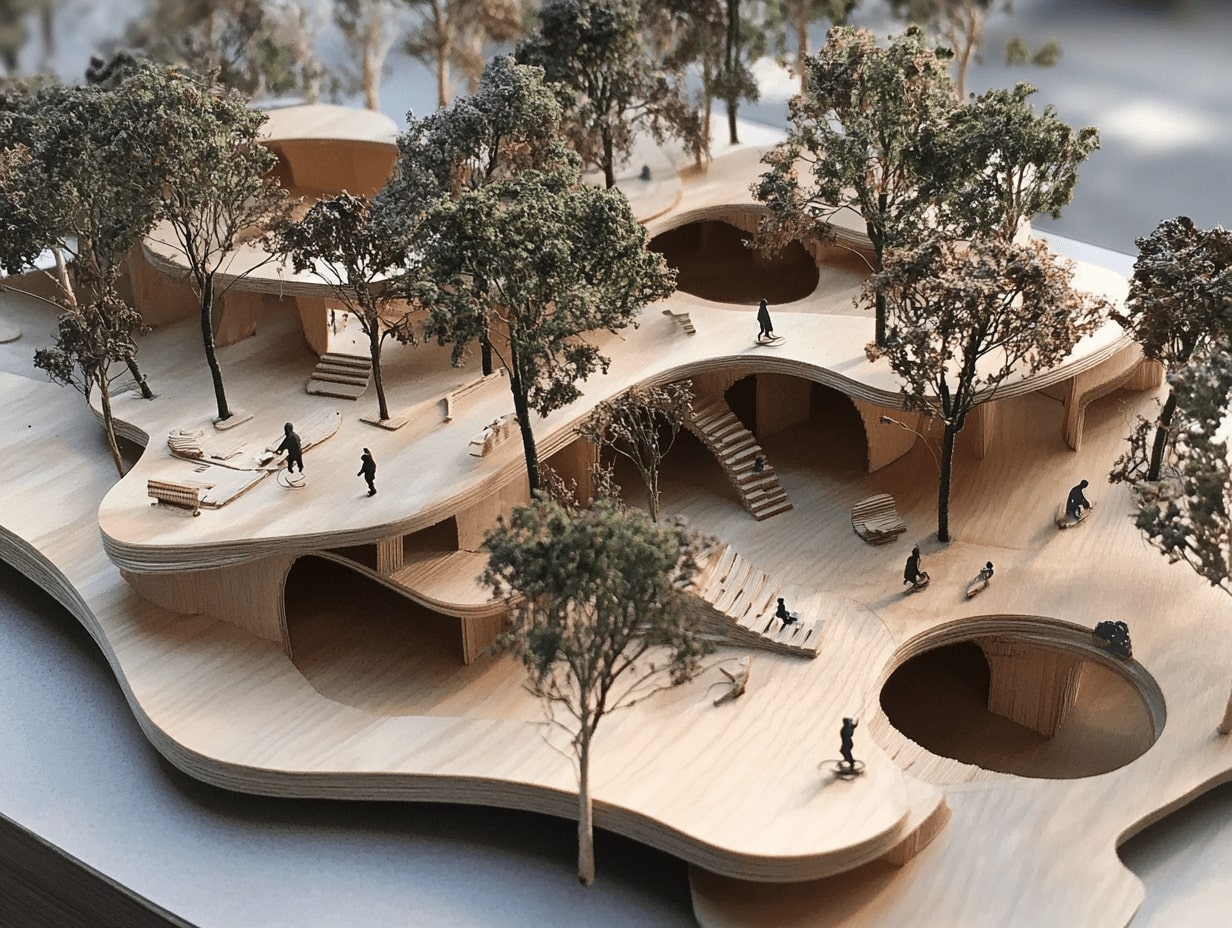

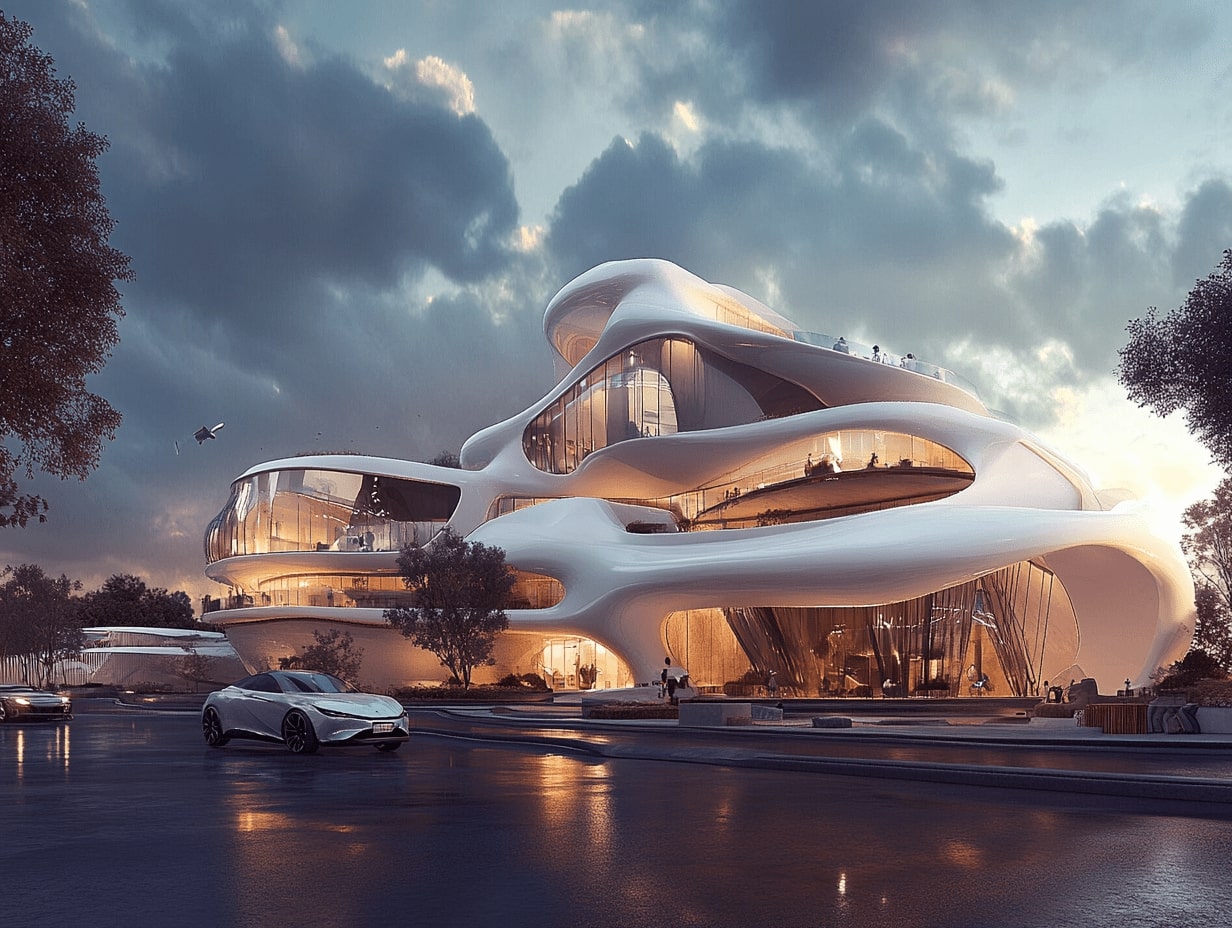

Leave a comment